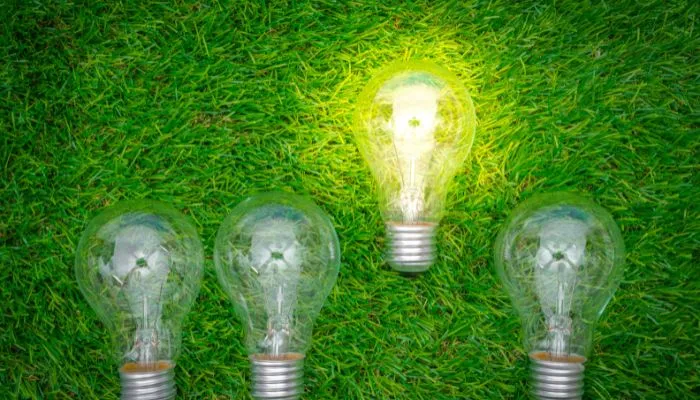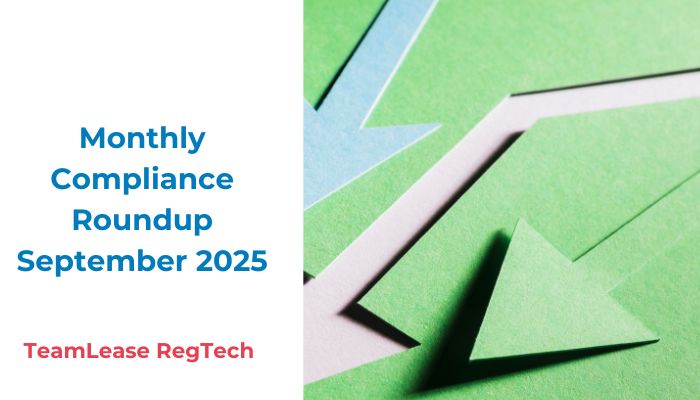As India accelerates its journey toward becoming a developed economy by 2047, energy efficiency has emerged as a key determinant of an environment-friendly and sustainable growth. The country’s industrial backbone, spanning cement, steel, automotive, and heavy manufacturing, is among the most energy-intensive globally. While the Energy Conservation Act, 2001 laid the foundation for energy efficiency, its implementation has long relied on voluntary self-reporting and periodic closures, often resulting in inconsistent adherence.
The Draft Energy Conservation (Compliance Enforcement) Rules, 2025, were notified in August with a view to transforming compliance for the industry. Now enforced, the draft rules vest greater authority in the Bureau of Energy Efficiency with strong enforcement powers. The government seeks to institutionalise energy conservation through accountability and digital oversight. The rules reflect India’s evolving regulatory ecosystem, where compliance is being streamlined to enable ease of doing business.
A New Regulatory Framework towards Enhanced Energy Conservation and Efficiency
The rules aim to fundamentally change the compliance architecture under the Energy Conservation Act. They will empower the BEE (Bureau of Energy Efficiency) to detect, verify, and act upon non-compliance, presenting cases before adjudicating officers under State Electricity Regulatory Commissions (SERCs). This addresses the long-standing enforcement gap that limited the Act’s effectiveness.
The scope of coverage has been broadened significantly. The rules apply not only to designated consumers (such as energy-intensive industries) but also to manufacturers and importers of regulated appliances and equipment. Sectors like automotive will face heightened scrutiny under Corporate Average Fuel Efficiency Cafe (CAFE) norms, while industrial consumers must adhere to benchmarks under the Perform, Achieve and Trade (PAT) scheme and Energy Conservation Building Code (ECBC).
Non-compliance carries steep penalties up to Rs 10 lakh with additional daily fines deposited into the Central Energy Conservation Fund. Jurisdictional clarity through SERCs ensures that enforcement remains uniform across states, reducing regulatory fragmentation.
Collectively, these measures represent a transition from advice and awareness to verification and enforcement, creating a more predictable and credible compliance ecosystem.
What Changes with the New Energy Conservation and Efficiency Rules?
| Aspect | Earlier Framework (Under Energy Conservation Act, 2001) | Changes as per Energy Conservation Rules, 2025 |
| Nature of Compliance | Largely voluntary; based on self-reporting by industries and periodic energy audits. | Mandatory and enforceable; BEE empowered to detect, verify, and act against non-compliance. |
| Regulatory Oversight | BEE functioned primarily as a standards-setting and advisory body. | BEE becomes an enforcement authority with powers of inspection, verification, and prosecution before SERCs. |
| Coverage | Limited to designated consumers under notified sectors. | Broadened to include manufacturers, importers, and other entities dealing with energy-intensive appliances and products. |
| Reporting Mechanism | Manual, paper-based submissions with limited traceability. | Digitised and automated reporting through IoT systems, dashboards, and centralised data repositories. |
| Accountability Structure | Fragmented limited legal clarity on jurisdiction and enforcement. | Streamlined cases to be adjudicated under State Electricity Regulatory Commissions (SERCs). |
| Penalty Regime | Minimal deterrence; weak enforcement of penalties. | Stringent penalties up to ₹10 lakh and daily fines credited to the Central Energy Conservation Fund. |
| Role of Technology | Optional and mostly internal to organisations. | Central to compliance, digital monitoring tools encouraged for real-time tracking and audit readiness. |
| Regulatory Objective | Encourage awareness and participation in energy efficiency. | Institutionalise efficiency through enforceable compliance, transparency, and accountability. |
Implications for Industry
The rules will significantly reshape how businesses approach energy management and compliance:
- Operational Integration: Energy efficiency will need to be embedded within design, production and supply-chain processes. Compliance can no longer be treated as a post-facto exercise.
- Data and Monitoring: Companies will have to invest in IoT-enabled energy management systems, smart meters and digitised dashboards to track energy performance in real time. This ensures traceable and verifiable data trails for regulatory scrutiny.
- Governance Structures: Boards and senior management will need to institutionalise oversight through compliance committees or officers, formal escalation protocols and regular self-audits.
- Cultural Shift: Training and sensitisation at all organisational levels will be critical to build a compliance-first mindset.
Benefits and challenges
- Regulatory Clarity: A streamlined, enforceable mechanism reduces ambiguity and promotes uniformity.
- Better Data for Policymakers: Verified data will allow more evidence-based interventions and targeted energy-saving programs.
- Alignment with Climate Goals: The framework strengthens India’s position in achieving its Paris Agreement and Net Zero 2070 commitments.
- Cultural Mainstreaming of Efficiency: Energy conservation becomes a core business principle rather than a peripheral obligation.
However, the transition is not without challenges. Smaller enterprises may face resource constraints in adopting advanced monitoring technologies. The shift from voluntary to mandatory compliance could initially increase administrative and financial burdens. There is also a need to ensure proportionate enforcement so that regulation remains facilitative rather than punitive.
The Road Ahead
The Energy Conservation Rules represent more than a compliance reform- they signal a reorientation of India’s industrial ecosystem toward accountability-driven sustainability. To ensure implementation:
- Capacity building should be prioritised through sectoral training and awareness programs.
- Phased adoption timelines can allow businesses, especially MSMEs, to adapt technologically.
- Public-private partnerships can drive the development of affordable digital compliance tools.
- Continuous stakeholder consultation is essential to balance enforcement with ease of doing business.
By combining technology, governance, and collaboration, India can build a compliance regime that not only enforces efficiency but also empowers industry to innovate sustainably.
The Energy Conservation (Compliance Enforcement) Rules, 2025, represent a paradigm shift from persuasion to enforcement, from fragmented monitoring to integrated accountability. For India, they signify more than regulatory reform- they embody the country’s commitment to responsible industrialisation and climate stewardship. If implemented with proportionality and foresight, these rules could redefine the contours of corporate sustainability and place India firmly on the path to energy-secure, low-carbon growth.






